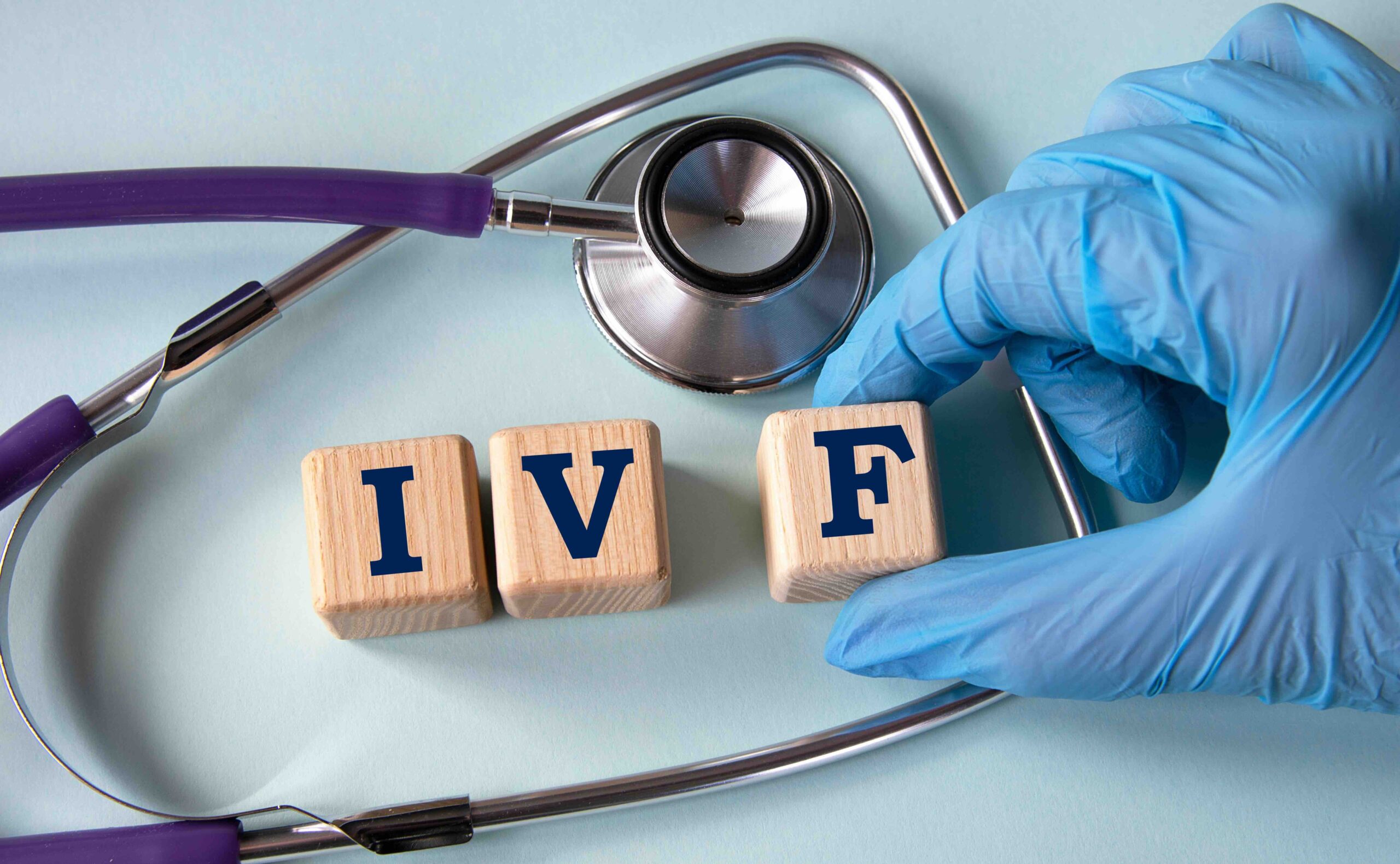When IVF began 25 years or so ago, the aim was to help women to have babies. It was not the intention to create excess embryos, but this is now a routine consequence of IVF. There are hundreds of surplus embryos in frozen storage throughout the country, and the number is steadily increasing.
Although embryo research is an obvious option for surplus frozen embryos, this has proved to be a controversial and divisive issue. It seems everyone, including George Pell, has something to say about embryo research. However, there are two groups we don’t hear much from — people who have to make decisions about their spare embryos and those who would dearly love to get them.
According to Victorian law, embryos that are no longer required can be stored for a maximum of five years. Inevitably there comes a time when people who have completed IVF treatment must decide what to do with their surplus embryos.
In Australia, people are generally given three options for surplus embryos. They can choose between discarding their embryos, donating them to people who are infertile or donating their embryos to research. This last option became available in 2003.
Interviews with couples completing IVF show that many people agonise about what to do with their surplus embryos. These difficulties are underpinned by conflicts stemming from religious, social, emotional and moral factors.
Studies show that most people described not wanting to “waste” their surplus embryos. They wanted to “help people” by donating their embryos. However, in reality, this often proved too hard.
Those who considered donation to another couple described wanting to share their good fortune. However, when forced to make a final decision, they felt uneasy about the possibility of their genetic offspring being raised by others.
Donation of spare embryos to research was also difficult. Although some people talked about a reciprocal obligation to “give back”, many couples simply could not bear the thought of their embryos being used for research. They described this option as “callous” or “inhumane”.
With the present legislative changes, there is renewed interest in using spare embryos for research. We are told that such research might lead to breakthroughs in the treatment of cancer, heart disease, Parkinson’s, diabetes, spinal injury, stroke, motor neurone disease, severe burns, Alzheimer’s and other degenerative diseases. The emphasis on these life-saving research endeavours obscures the personal anguish that is often associated with decisions about spare embryos.
In Australia, such research is still at an early stage. It is strictly regulated and a limited number of embryo research licences have been granted. But the supply of human embryos for research exceeds demand.
As a result of this imbalance, some people who make the decision to donate to research find that their surplus embryos are not needed. People in this situation usually then elect to have their surplus embryos destroyed.
Although supply exceeds demand for embryo research, it is not just scientists who have an interest in surplus embryos. There are many people on very long waiting lists for donor embryos. For them, demand far exceeds supply.
Our eyes are on the future. Although stem cell research promises great things, the benefits of this research are years down the track. On the other hand, there are women who could benefit from donated embryos now. Given the long waiting lists, and the pain of infertility, perhaps we should reconsider our emphasis on embryo research and remember that for many people spare embryos symbolise more than scientific potential. We could begin by encouraging reflection on embryo donation in the same way that we encourage people to think about the benefits of organ donation.
While much hoo-ha surrounds the potential of surplus embryos to contribute to life saving research, let’s not forget that surplus embryos have the potential to also bring new life and great happiness to couples.
First published in The Age on 18 June 2007
